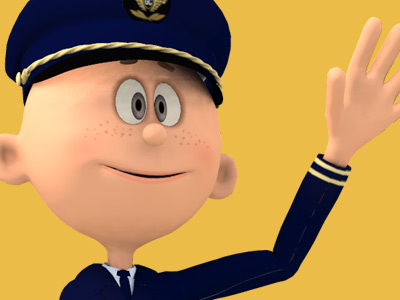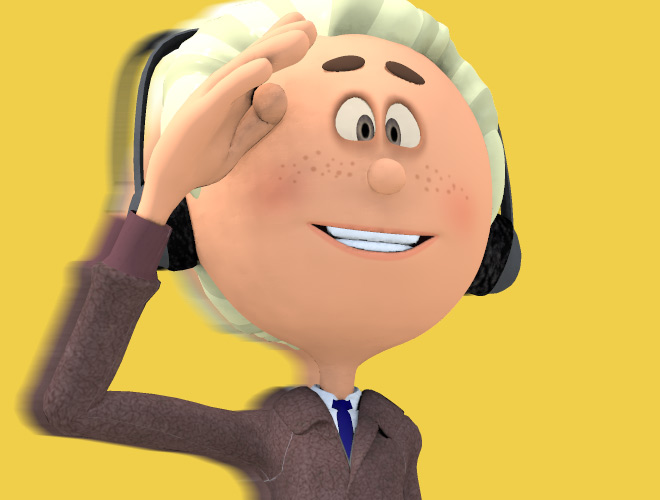
Aviator | Pilot
An aircraft pilot or aviator is a person who actively and directly operates the directional flight controls of an aircraft while it is in flight. While other members of a flight crew such as flight engineer, navigator, or any other person involved in the direct flight operations of an aircraft (whether it be a fixed wing airplane, rotary-wing, powered, or unpowered), are also considered "aviators", they are not pilots and do not command a flight or aircraft. Aircrew who are not involved in operating the aircraft's flight systems (such as cabin attendants and mechanics) as well as ground crew are not generally classified as aviators.
In recognition of the pilots' qualifications and responsibilities, most militaries and many airlines worldwide award aviator badges to their pilots, as well as other air crews. This includes naval aviators.
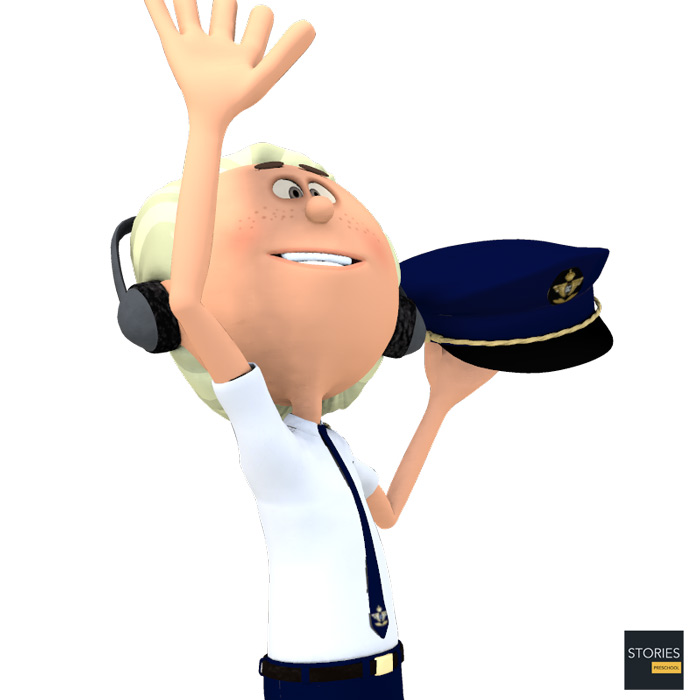
History
The first recorded use of the term aviator (aviateur in French) was in 1887, as a variation of "aviation", from the Latin avis (meaning bird), coined in 1863 by G. de la Landelle in Aviation Ou Navigation Aérienne ("Aviation or Air Navigation"). The term aviatrix (aviatrice in French), now archaic, was formerly used for a female aviator. These terms were used more in the early days of aviation, when airplanes were extremely rare, and connoted bravery and adventure. For example, a 1905 reference work described the Wright brothers' first airplane: "The weight, including the body of the aviator, is a little more than 700 pounds".
To ensure the safety of people in the air and on the ground, early aviation soon required that aircraft be under the operational control of a properly trained, certified pilot at all times, who is responsible for the safe and legal completion of the flight. The Aéro-Club de France delivered the first certificate to Louis Blériot in 1908—followed by Glenn Curtiss, Léon Delagrange, and Robert Esnault-Pelterie. The absolute authority given to the "pilot in command" derives from that of a ship's captain.
Military
Military pilots fly with the armed forces of a government or nation-state. Their tasks involve combat and non-combat operations, including direct hostile engagements and support operations. Military pilots undergo specialized training, often with weapons. Examples of military pilots include fighter pilots, bomber pilots, transport pilots, test pilots and astronauts. Military pilots also serve as flight crews on aircraft for government personnel, such as Air Force One and Air Force Two in the United States.
Military pilots are trained with a different syllabus than civilian pilots, which is delivered by military instructors. This is due to the different aircraft, flight goals, flight situations and chains of responsibility. Many military pilots do transfer to civilian-pilot qualification after they leave the military, and typically their military experience provides the basis for a civilian pilot's license.
From the start of military aviation, additional crew members have flown on military aircraft. Over time these duties have expanded:
- Pilot
- Co-pilot
- Air gunner, crew member responsible for the operation of defensive weapons, for example gun turrets. Specific positions include nose gunner, door gunner and tail gunner
- Bombardier or Bomb Aimer is a crew member for the release of ordnance particularly bombs.
- Boom operator, in the USAF the crew member on tanker aircraft responsible for operating the flying boom and the transfer of fuel.
- Combat systems officer
- Airborne Sensor Operator, An airborne sensor operator (Aerial Sensor Operator, Tactical Coordinator, EWO etc.) is the functional profession of gathering information from an airborne platform (Manned or Unmanned) and/or oversee mission management systems for tactical, operational and strategic remote sensing purposes.
- Crew chief, an enlisted aircraft mechanic responsible for the maintenance and preparation of the aircraft.
- Flight engineer, a crew member responsible for engines, systems and fuel management.
- Flight officer
- Flight surgeon, not involved in the operation of the aircraft but is considered by some militaries to be aircrew.
- Loadmaster, crew member responsible for loading freight and personnel and the weight and balance of the aircraft.
- Navigator, a crew member responsible for air navigation. Still actively trained and licensed in some present day militaries, as electronic navigation aids can not be assumed to be operational during warfare.
- Air observer
- Rescue swimmer on air-sea rescue aircraft
- Signaller or radio operator, crew member responsible for the operation of the aircraft communications systems.
- Tactical coordinator
- Weapon systems officer or "Weapon Systems Operator"
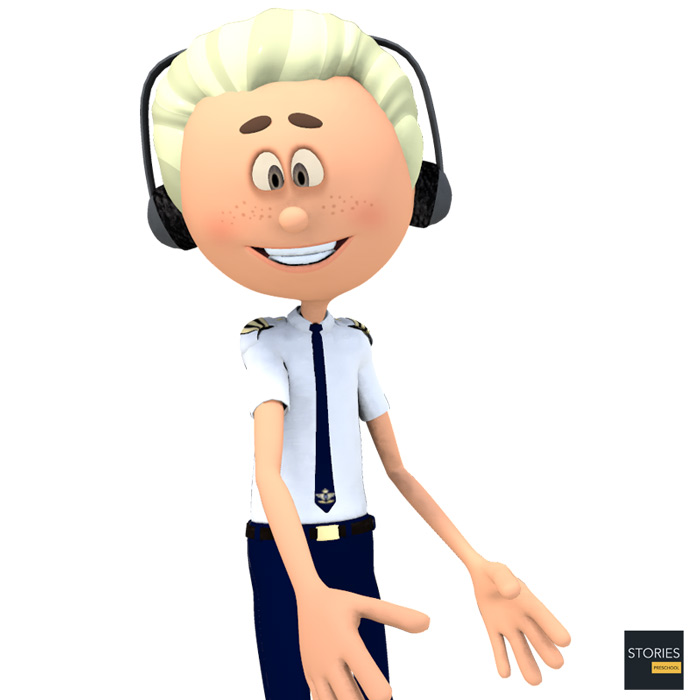
Pilot certifications
Pilots are required to go through many hours of flight training and theoretical study, that differ depending on the country. The first step is acquiring the Private Pilot License (PPL), or Private Pilot Certificate. This takes at least 40 hours of flight time with a Certified Flight Instructor (CFI).
The next step in a pilot's progression is either Instrument Rating (IR), or Multi-Engine Rating (MEP) endorsements.
If a professional career or professional-level skills are desired, a Commercial Pilot License (CPL) endorsement would also be required. To captain an airliner, one must obtain an Airline Transport Pilot License (ATPL). Now, even when being a First Officer (FO), an ATP is required.
Some countries/carriers require/use a Multi Crew Coordination (MCC).
Pilot Uniform
Before the 1930s, pilots wore clothing derived from military tradition established during WW1. View Story »
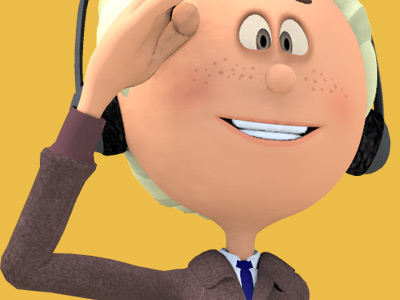
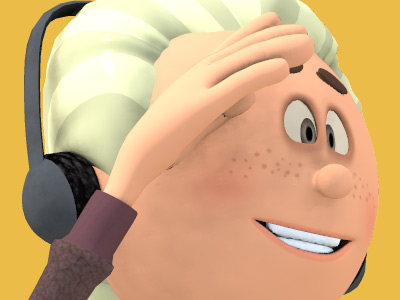
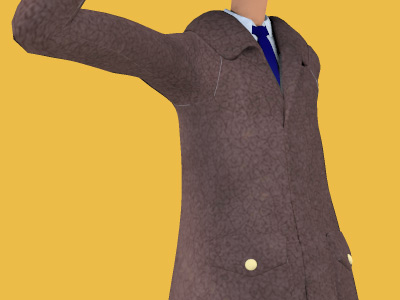


RESOURCES
This article uses material from the Wikipedia articles "Pilot (aeronautics)" and "Aircrew", which is released under the Creative Commons Attribution-Share-Alike License 3.0.
© Stories Preschool. All Rights Reserved.

